We use cookies to improve your online experiences. To learn more and choose your cookies options, please refer to our cookie policy.
At Nord Anglia International School Shanghai, Pudong we offer a truly global experience with outstanding teachers and exceptional learning opportunities. Our students achieve academic excellence and learn all the skills they need to make a difference in the world outside the classroom.
MORE ABOUT ACADEMIC excellence




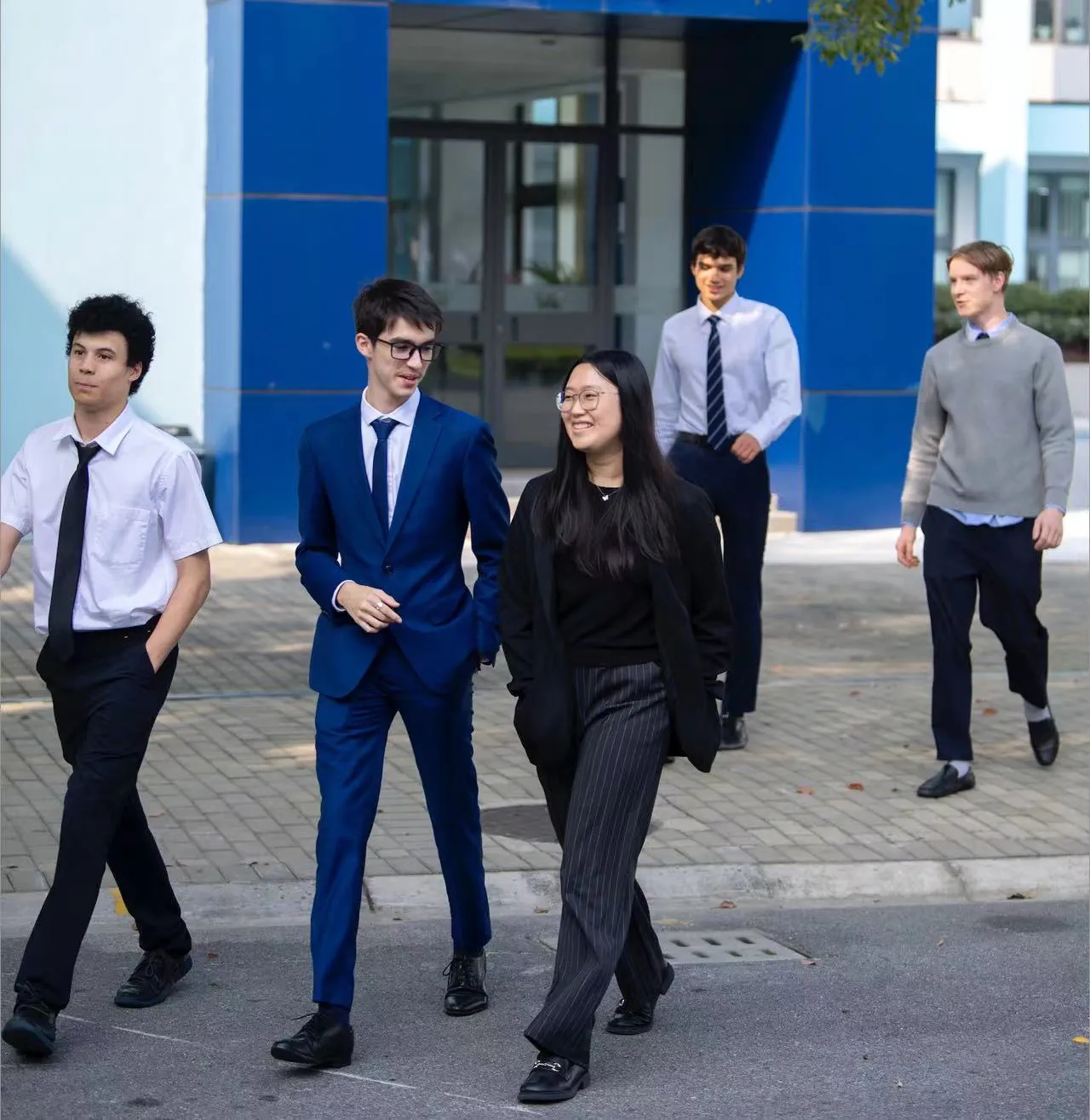
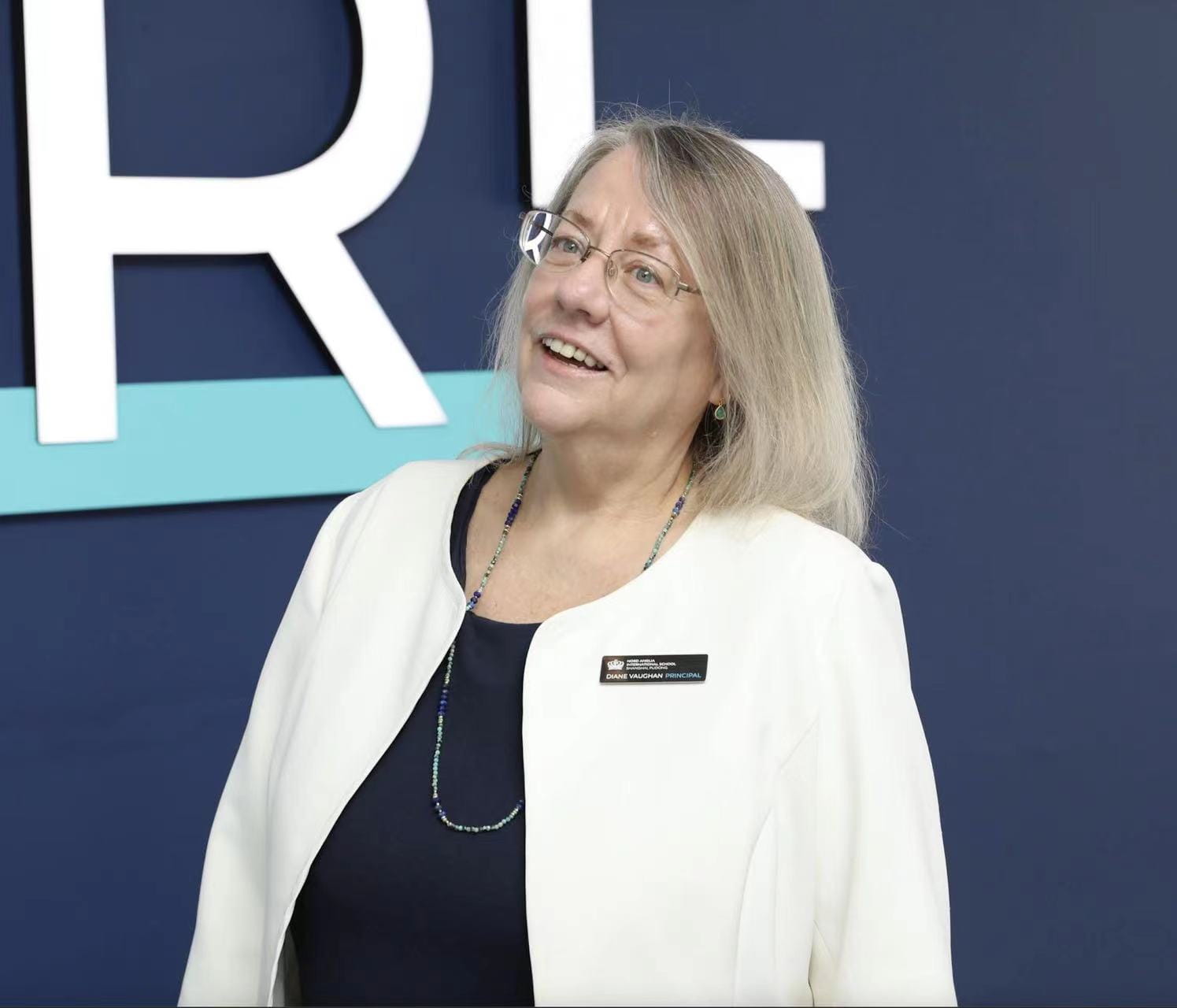
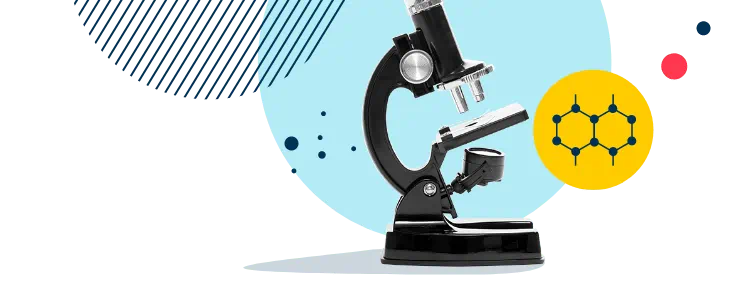
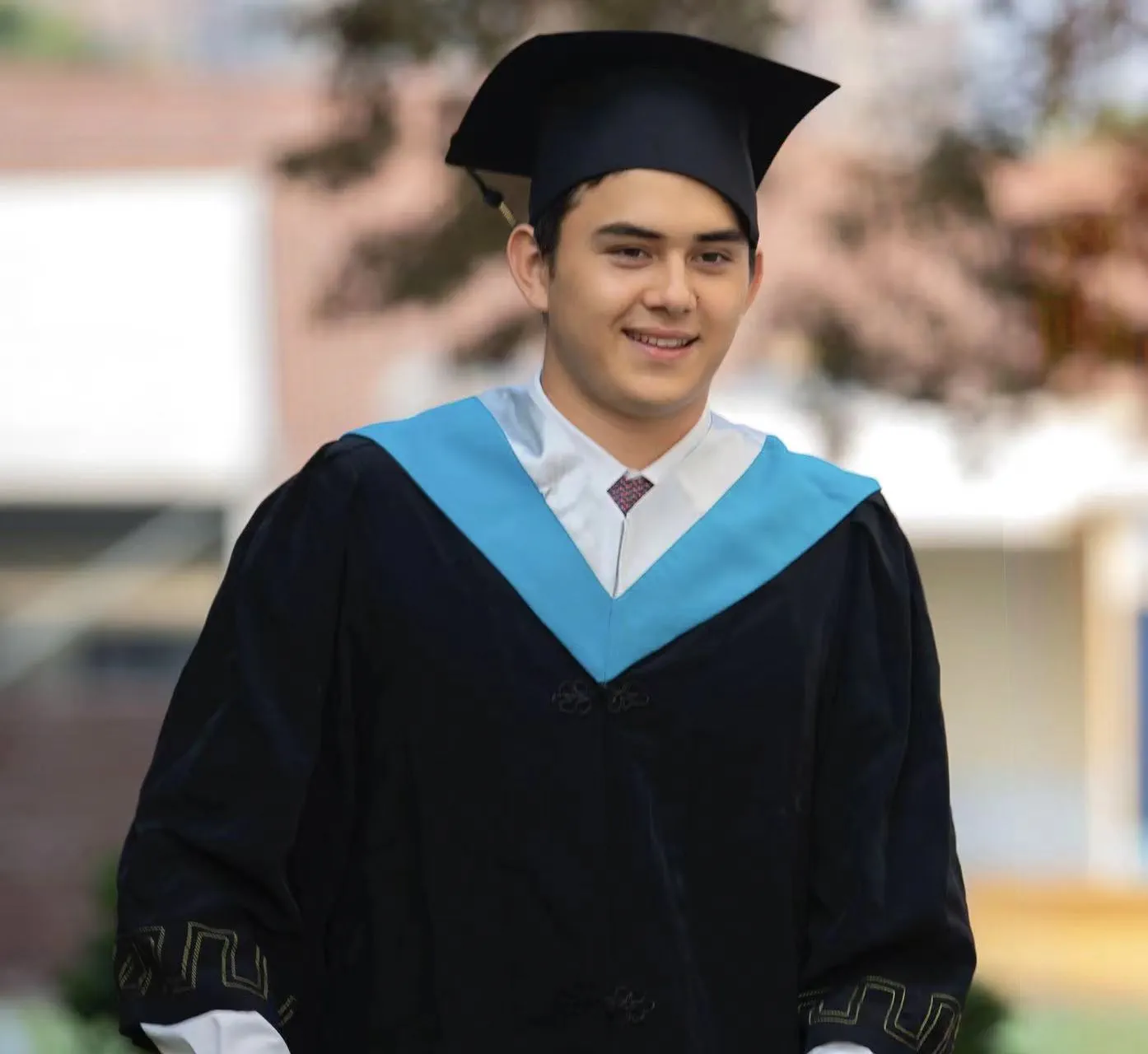



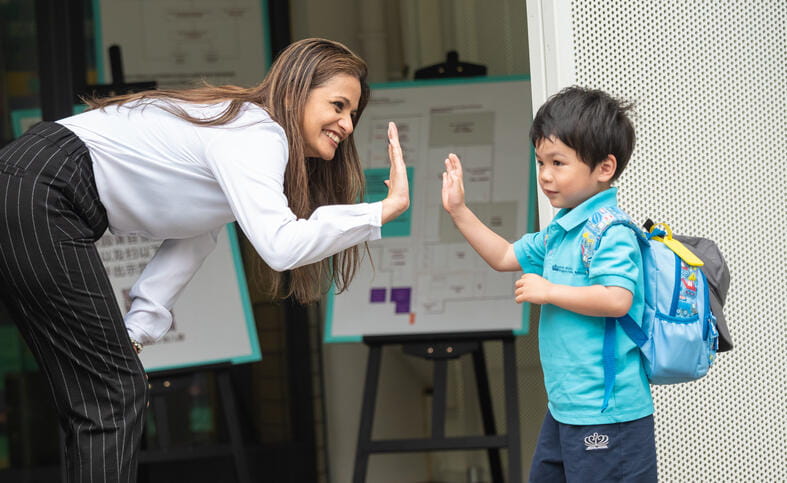

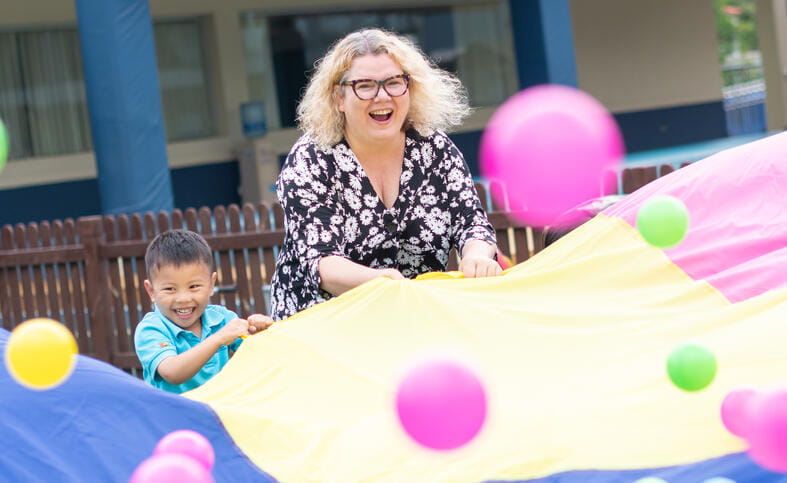

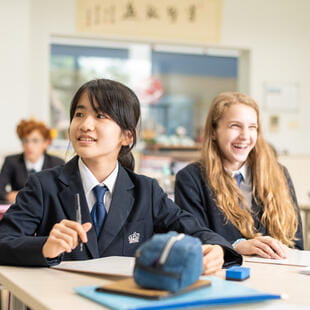







.jpg?rev=-1&hash=4B1ADA74AB0E829CB2ECEE6BEF89D006)